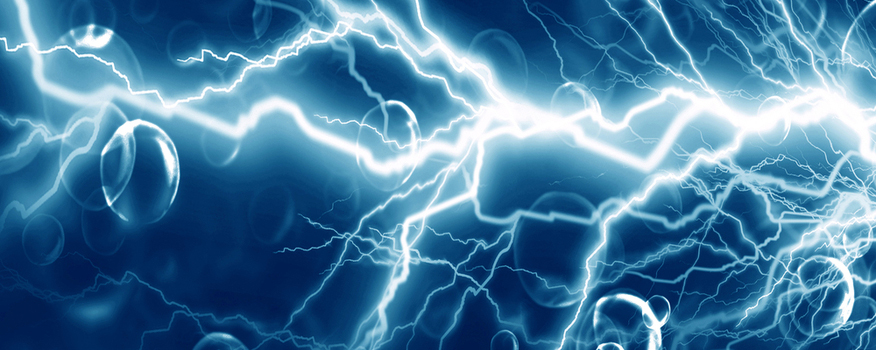Stray voltage can, unfortunately, become life-threatening when it is present, and it is more common than most people think. It can occur in the most everyday places, including pools, private or public, spas, marinas, boat docks, and even farms.
Thankfully, there is research to help inform people of the dangers of stray voltage, where it originates from, and how it can be avoided.
What is Stray Voltage?

Stray voltage occurs when there is a current of electricity between two objects or components that should not have a voltage difference. Tiny voltages generally occur within two grounded components in separate areas, due to the usual flow of electrical current in the powering system.
In simpler terms, stray voltage exists when unconstrained electrical currents leak from a power source. For example, this power source can be a transformer or electrical cable. This leaking current then navigates through the ground, trying to deplete itself. Much like a lightning strike, the electrical current uses the Earth’s ground as an essential pathway.
The most likely places to find stray voltage are near a marina, boat dock, or pool. This is because the electrical current has a less resistant transit where water is present.
Many issues that cause stray voltage can be controlled, managed and corrected without difficulty. Common causes of stray voltage include:
- Damaged or broken buried electrical lines
- Damaged transformer pads that can cause leaking of power and electrical currents
- Faulty or hanging overhead power lines
- Incoming power supply connection issues
- Electrical panel issues
- Melted or damaged neutral or ground wiring systems
- Electrical equipment corruption
- Heater insulation failure
- Defective lighting systems
Hiring the right team of professionals to ensure the safety of the area is key to preventing the dangers of stray voltage.
How to Prevent Stray Voltage
Reducing stray voltage can be accomplished easily with a few simple steps. This may include proper wiring, installing a neutral isolator, converting to a “four-wire” system, and installing equipotential bonding grids.
Proper wiring can reduce the risk of stray voltage by an enormous level. Correcting faulty neutral connections and clearing away faulty loads will improve and correct wiring and grounding. Thus, balancing and maintaining any leakage of electrical currents. A state-certified professional electrical inspector can help check and ensure any changes made.
Installing a neutral isolator and converting it to a four-wire system can aid in the reduction of stray voltage as well. A neutral isolator blocks the electrical current surge between two grounded systems. Converting to a four-wire system can reduce the voltage in the grounding system that is connected to metal objects.
The most common option currently to avoid and prevent stray voltage is to have equipotential bonding installed. Equipotential bonding is a copper wire grid that is installed into the concrete base and will essentially invite and act as a magnet to any contact voltage. This will indeed keep the ground and people around the area safe from contact shock of the electrical current.
To learn more about the dangers of stray voltage and proper preventative measures to keep yourself and others safe, give us a call today at (919) 781-3411.



